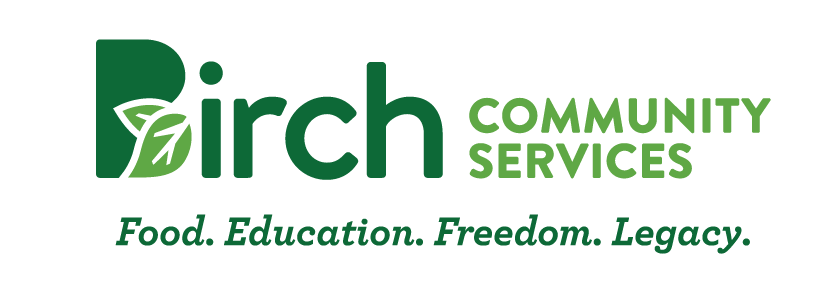Purple and blue foods have a lot in common. In this post we’ll talk about some of the compounds in these foods which have come to be known for their anti-oxidative and anti-inflammatory abilities, making them highly beneficial for your nervous system, cardiovascular system, blood sugar, and more!
Anthocyanins
- Anthocyanins are found in a broad range of foods. It is most richly concentrated in red and purple grapes, red cabbage, eggplant, black rice (forbidden rice), cherries, purple corn, purple sweet potato, plums, acai berries, elderberries, blueberries, and blackcurrants.
- Anthocyanins are also found in raspberries, strawberries, pomegranate, red cherries, and cranberries, just in smaller amounts than their dark-hued counterparts.
- This pigment gives red, purple, and blue foods their stunning hue while imparting numerous health benefits that center around reducing oxidative damage and inflammation in the body. We touched on this briefly in our post on red foods.
- Some benefits not previously mentioned include: improved memory and cognition; reduced risk of developing Parkinson’s, Alzheimer’s, several types of cancer, and diabetes; and improved biomarkers for a stronger cardiovascular system that’s less prone to emergency events like heart attack or stroke.
Resveratrol
- Resveratrol is commonly found in red, purple, and blue foods, most abundant in red grapes, red wine, and peanuts (especially boiled peanuts with the skin still on!).
- This polyphenol reduces inflammation and plays a big role in supporting cardiovascular health and protecting the body from cellular damage.
- It’s been shown to reduce HbA1C, blood pressure, and fasting glucose levels, while simultaneously optimizing blood lipid levels like LDL and HDL.
- It’s also been studied for its ability to improve memory retention and recall.
- Resveratrol is fat-soluble, so be sure to eat these foods alongside fats like olive oil, nuts, avocado, fish, cheese, or whatever suits your fancy.
Recipes
Slaws and other chop-and-mix salads like this Red Cabbage and Blueberry Slaw from Chelsey Amer Nutrition are a simple way to enjoy a variety of fresh foods. Bonus tip: add nuts and seeds wherever you can to pack in even more fiber, healthy fats, and plant-based protein! If you have a food processor, preparing these types of dishes gets even easier. Don’t be afraid to use shortcuts wherever you can to simplify – there’s zero shame in using your time, tools, and energy wisely.
If you don’t own this time-saving tool, consider asking your neighbors if they would be interested in doing an appliance share. Most people don’t use these tools every day, leaving them open for borrowing. Logistically, this can be as simple as a Facebook group or spreadsheet with names, phone numbers, and appliances being offered. Not only is appliance sharing efficient, but it also helps build community! Get creative about the tools or services you’d be willing to share with your neighbors as a contribution.
If you’ve never tried black rice (also called forbidden rice), let me encourage you to give it a shot! This grain is packed with antioxidants and has a lovely, slightly nutty flavor. Feasting at Home provides a basic recipe for cooking black rice, along with more in-depth nutrition information and a plethora of suggestions on dishes to use it in. Try finding this one in bulk bins for the cheapest prices!
Fruit salads and smoothies are another great way to enjoy purple and blue foods that requires little preparation. If you notice a blood sugar spike after drinking a smoothie (with symptoms including an energy crash, nausea, dizziness, or anxiety), next time try adding more fiber, fat, and protein before blending. Think nuts, seeds, tofu, avocado, oats, or oils. Otherwise, eat some fat and protein alongside your drink, making sure they are something you can chew. Chewing provides optimal digestion of carbohydrates and fats due to longer exposure to the enzymes in your mouth, and also sends signals to your digestive system that prepare your blood sugar response. (PS – this is a great thing to ask your nutritionist or doctor about!)
A parting note…
With all this talk of color, you may have been wondering if that old adage is true: “beige is bad”… Even white, brown, and grayscale foods have nutrients that support your health! Cauliflower, mushrooms, pale green cabbage, and oats are just a few examples of the glow-up that less vibrantly colorful foods have had as we continue to learn more from nutrition research. All foods have nutritional value, and all foods have a time and place in your diet. Knowing a little about nutrition gives you the power to make informed decisions about your food that best suit you specifically.
Nutrition doesn’t have to be all about hyped-up “superfoods” or expensive exotic ingredients. Feeding yourself and your family a diet that will support the body, mind, and soul can absolutely be accessible, affordable, and nutrient-dense all at the same time. You don’t have to eat a rainbow for every meal or every day to experience the benefits of a variety of foods, colors, and preparations. Trust your gut!
